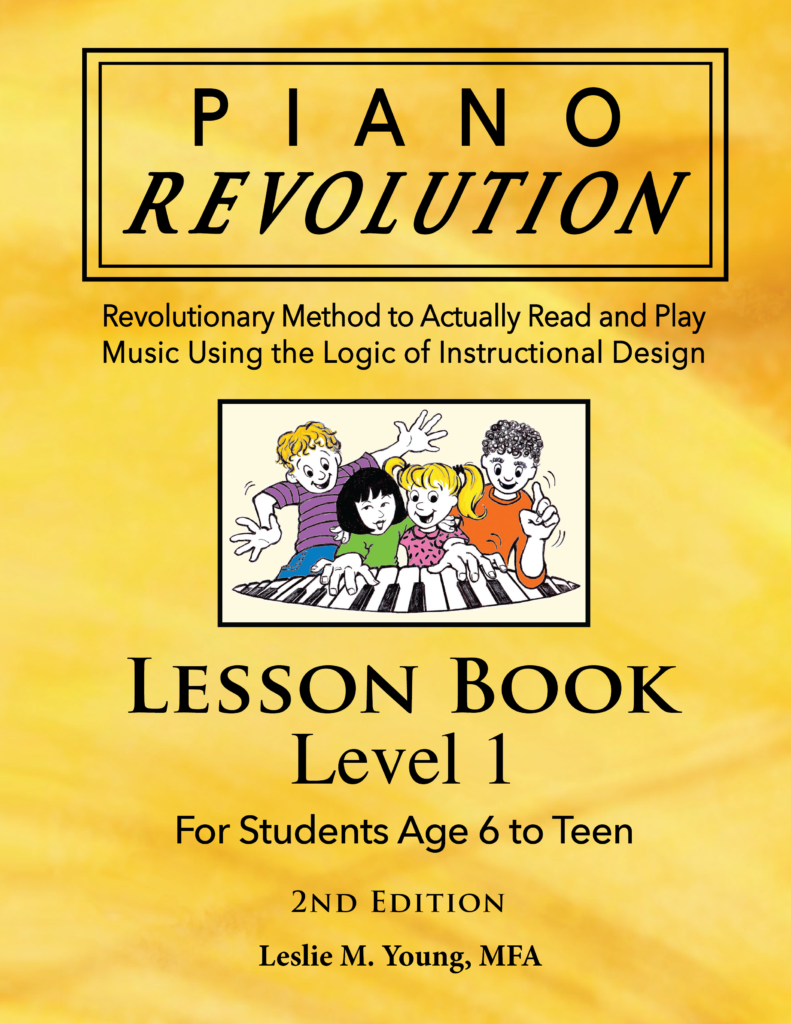How Music Physically Changes the Body ~ Its Astonishing Mechanism ~ Piano Book for Beginners
Listening to certain music can bring on a euphoric state of mind – simply bliss. In that state, obstacles and trials can seem less daunting. But what exactly is taking place to make this happen? What “thing” connects intangible music-sound into a physical-tool that acts on the physical body – in a positively desirable way or negatively undesirable way?
Some long years ago I would occasionally contemplate how certain life situations could have a physical impact on me. What could possibly be the connecting “vehicle” between the physical and the intangible? Between actual life situations and intangible emotions?
For instance, in a certain situation I would have a strong physical reaction of homesickness – an emotion. What triggers the process of that feeling physically hurt by that emotion?
An education associate referred me to a fascinating book that answered my question: Molecules of Emotion by Candace Pert. This pioneering scientist, actually molecular biologist, is considered to be the mother of the relatively new field of science known as psychoneuroimmunology.
Mind Body Connection
Pert’s National Institute of Mental Health research led to a revolutionary comprehension of the interconnectivity between mind and body.
The result of her investigations determined that body cell surfaces have specific receptors for the attachment of very specific molecules. These messenger molecules share information among neurons, glands, and immune cells through body and brain.The “information” substances were shown by Pert to be proteins – called peptides – which affect mind, emotions, immune system, digestion, and other bodily functions simultaneously – in a network of shared information!
An embarrassing situation can cause a face to turn red
because of thoughts that cause
blood vessels to dilate.
Music can lead to measurable changes in
heart rate, blood pressure, and emotional mood.
It all seems simple and complicated at the same time!
The “peptide connection” discovered by Pert has led to peptides being used as “carriers” in many varied products today including those for cosmetic and health-promoting purposes. What a discovery!
When I consider this Mind Body Connection, it seems compatible with the process of reading and playing piano music without conscious mental effort. It took no recognizable mental effort to read this sentence, yet it is the fruit of having studied and practiced the art of reading words in early childhood. Each word is instantly recognized, processed, and understood without reverting to sounding aloud individual letters phonetically and blending them into a word.
Reading and playing piano music without conscious mental effort is also achievable – and more rapidly and securely IF the beginning student uses a THINKING PROCESS rather than five finger hand positions and rote copy-then-do illustrations (which is the foundation of music instruction – past and present).
The New Way to
Learn to Read
and Play Piano Music
Today there’s a new way – a logical way to learn to play piano – based on the educational principles of Instructional Design (which is basically learning one thing at a time and building on previous learning in order to progress).
The Thinking Process of the
PIANO Revolution Books: here’s the beginning of the First Lesson
In the middle of your piano is printed its brand name (Yahama, Baldwin, Steinway, for example.) Under the brand name is a group of three black keys.
- Pretend to pick up this group of three black keys with the right hand. The thumb naturally curves around the left side of the first black key, the one on the left of the group of three.
- Slide the thumb down toward you and play the white key under the thumb. This is center F – the key that is in the center of the piano keyboard.
- Hop over the next key to the right of center F and play its neighbor key. This is named the A key.
- Hop over the next key to the right of A and play its neighbor key. This is named the C key.
- Hop over the next key to the right of C and play its neighbor key. This is named the E key.
- Look at the yellow keys below that you have just played:

The F A C E keys that you played are drawn on paper as four spaces with five lines in-between them:
You have learned the space keys F A C E and will use them to learn the line keys later. Now, here is a song to play using the four space keys. . .
Many students of all ages who were not very
successful using other methods quickly
progressed with new understanding
using the PIANO Revolution books –
because they now had a thinking process to use.
Once the spaces and their keys are learned through practice pages, the spaces are used to name and locate the line keys. Starting with the closest space – then the line key is the next neighbor key.
For example, to locate the third line, think spaces F – A , and after A (space) comes B (line).
The student uses the thinking process of using spaces to find the line – then in a relatively short time it will not have to be used at all. The spaces and lines and their corresponding keys will have been learned, and the student will be reading and playing written music!
What Would the First Lesson for a Young Student Look Like?
What Would the First Lesson for a 6 to Teen Look Like (video)?
View sample pages of all the books for students
ages 6 to teen:
View sample pages of all the books for students
4 to 5 years old:
View sample pages of all the books for older
teens and adults:
View the books on Amazon:
About the Author, Composer, Illustrator,
and Eternal Optimist

Leslie Young is the author and composer of the PIANO Revolution method. She co-founded a K-12th grade charter school in Texas and has been a piano teacher for over 40 years. She has had experience teaching a variety of students tackling piano for the first time or as returning students.
Young believes that “learning to play the piano is more about diligence and perseverance” – but would add that just as critical to success is the method that is used, the encouragement of critical thinking, and the instructional principles that promote immediate success.
She states: “In teaching piano to students of varying ages, what also varies is a commitment of time and the amount of dedication. Children of certain ages may do very well with a parent as teacher; others may need someone who is not family to instruct them. Some older children and adults prefer to make progress on their own, and this method is designed to act as a meticulous guide through new material. Some adults and teens insist on professional teachers, which also encourages continuity. Because these books are self-explanatory, a new or experienced professional teacher will have no trouble using the PIANO Revolution method for their students. It is an easy way to learn piano.”
This content will be of most interest to:
- Parents who homeschool
- Professional piano instructors
- Individuals desiring a piano book for beginners
- Educators of Instructional Design for piano
- Adults desiring a self-teaching piano book
- Parents wondering the best age to start piano lessons for a child













